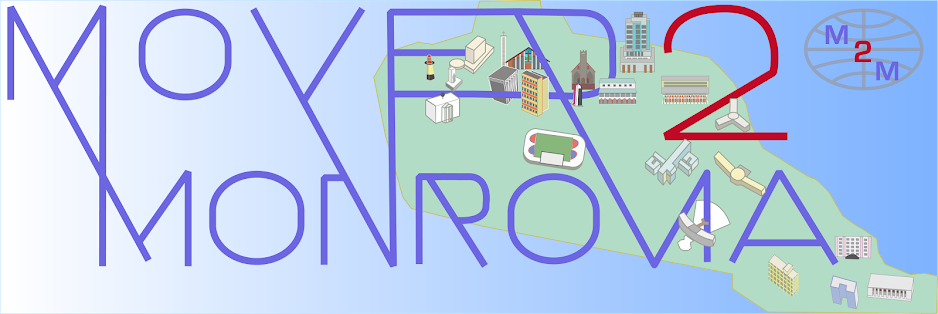Although the focus of the post was the military dimension of Liberia's post-conflict recovery, there was only the most passing mention to the dire, hellish conditions of the country exactly a decade ago. The article passed up the opportunity to juxtapose Liberia's milestone participation in a regional peacekeeping force with the situation ten years previous, in which Liberia's government, especially its security contingents and armed forces, were attacking civilians and otherwise contributing to the violent destruction of the state in virtually every imaginable.
This missed opportunity (perhaps not appropriate for a quick blog post on a major publications' site) only further highlights the utter lack of any marking of this passing milestone, in both Liberia's domestic media and the global press, even those that source their reporting from international journalists on the ground. My posts and tweets from this past week have been the only mentions of 2003 that I have found.
Full text:
ON A drizzly morning at Liberia’s Roberts International Airport, beneath the bright yellow lights of an aircraft hanger, a brass band and 45 uniformed soldiers stood waiting for President Ellen Johnson Sirleaf. Past the white United Nations cargo containers and the muddy edges of the runway, the Liberian jungle stood veiled in fog. These men, from the Armed Forces of Liberia (AFL), would soon be trading the rainforest for the Sahel to engage in their first peacekeeping assignment with the Africa-led International Support Mission in Mali (AFISMA).
“This is a proud day for all of us, as Liberians,” proclaimed President Johnson Sirleaf (pictured in purple). “For so long—decades, in fact—we have been the beneficiary of support from our ECOWAS [Economic Community of West African States] neighbours, and friends from far and wide, who came to our shores to help us restore the peace and rebuild a shattered nation. It is time for Liberia to give back, in whatever small way that we can.”
Following the legislature’s approval in January of the president’s decision to send troops to Mali, the infantry platoon underwent five months of training at Camp Sande Ware in the country’s northwest. American marines have acted as mentors, supplying equipment and logistics. Once in Mali the unit will be embedded within the 333rd Nigerian battalion for three months.
It has been more than half a century since Liberia committed troops to the UN’s operation in Congo, and only a decade since the end of the 14-year civil war which left 250,000 people dead and the nation in tatters. The commitment to the Mali peacekeeping mission is small, and Liberia still hosts 8,000 UN peacekeepers and police officers in bases across the country. But the ability to send troops is being touted as a marker of the nation’s progress.
Liberia’s Comprehensive Peace Agreement, which ended the civil war in August 2003 and led to the exile of the former president, Charles Taylor, called for the nation’s factionalised armed forces to be restructured. The new AFL, a 2,000-man force, was reconstituted six years ago by DynCorp International, a contractor for the United States State Department, but has been beset by attrition and complaints over wages, benefits and living conditions.
The army embarked on its first combat mission last year to root out militants who had been allegedly engaging in cross-border attacks in western Côte d’Ivoire. Now headed by a Nigerian commander, Major General Suraj Alao Abdurrahman, the AFL is due to be fully operational and autonomous from the second half of 2014.
